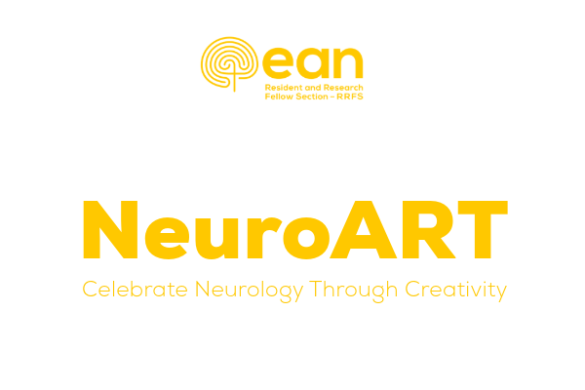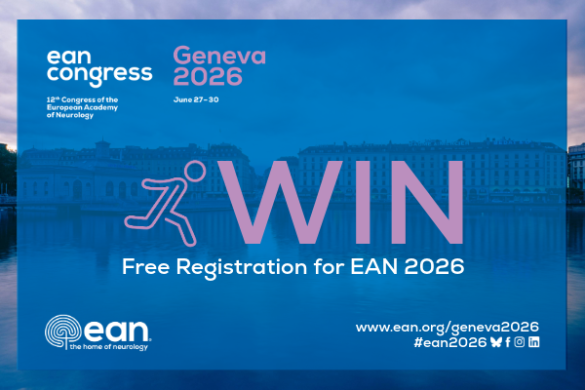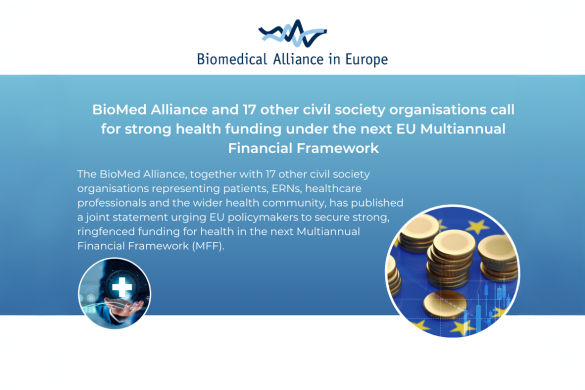by Tom Jenkins
Chairs: Annamaria Vezzani, Nils Erik Gilhus
This plenary symposium captured the overarching theme of the Congress. Professor Vezzani from Milan began by discussing neuroinflammatory pathways as treatment targets and biomarker candidates in epilepsy. There is evidence for oxidative stress and neuroinflammatory responses in various forms of epilepsy, from animal models and surgical resection specimens, with microglial activation, extravasation of albumin, and upregulation of proinflammatory cytokines, such as interleukin 1-beta. Whilst inflammation is a response to seizures, it also appears implicated in epileptogenesis and failure of resolution of inflammation perpetuates seizure activity. Injection of interleukin-1-beta into mouse hippocampi was ictogenic, and injection of its antagonist was anticonvulsant. In chronic epilepsy models, anti-inflammatory medication prevented seizure progression and anti-oxidant medication had a similar effect, which appeared superior to carbamazepine. This offers new potential targets for treatment.
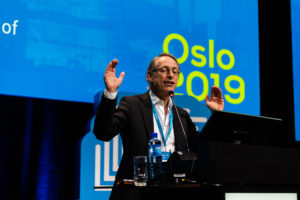 Professor Vidar Gundersen from Oslo then discussed neuroinflammation in Parkinson’s disease (PD). Activated microglia are found in the brains of patients with PD and it has been demonstrated from foetal grafts that this occurs years before the appearance of alpha-synuclein. Evidence of microglial activation has also been demonstrated in vivo on positron emission tomography. Experimental and clinical studies show the presence of both pro- and anti-inflammatory cytokines, again including intereukin 1-beta, including in blood and cerebrospinal fluid of PD patients. Alpha-nuclein seems to trigger further microglial activation, resulting in a toxic cycle, aggregation of alpha synuclein in Lewy bodies and neuronal death. Links with the gut hypothesis were discussed. In a clinical trial, exanatide, a microglial inhibitor, reduced motor impairment in PD but it was unclear whether this was neuroprotective or a symptomatic effect. Further trials require larger samples of patients early in disease to determine whether anti-inflammatory strategies will be effective.
Professor Vidar Gundersen from Oslo then discussed neuroinflammation in Parkinson’s disease (PD). Activated microglia are found in the brains of patients with PD and it has been demonstrated from foetal grafts that this occurs years before the appearance of alpha-synuclein. Evidence of microglial activation has also been demonstrated in vivo on positron emission tomography. Experimental and clinical studies show the presence of both pro- and anti-inflammatory cytokines, again including intereukin 1-beta, including in blood and cerebrospinal fluid of PD patients. Alpha-nuclein seems to trigger further microglial activation, resulting in a toxic cycle, aggregation of alpha synuclein in Lewy bodies and neuronal death. Links with the gut hypothesis were discussed. In a clinical trial, exanatide, a microglial inhibitor, reduced motor impairment in PD but it was unclear whether this was neuroprotective or a symptomatic effect. Further trials require larger samples of patients early in disease to determine whether anti-inflammatory strategies will be effective.
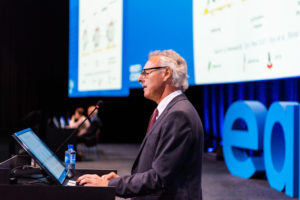 Professor Guido Stoll from Wurzburg considered ischaemic stroke, and in particular the role of T cells. Mechanical thrombectomy achieves recanalisation in approximately 80% of stroke sufferers, but, interestingly, this is not always translated into clinical recovery. Ischaemic reperfusion injury explains lack of response in some of these patients, a phenomenon has been recognised for more than 50 years. Knockdown mice without T cells are protected from ischaemia-reperfusion injury, and experimental models demonstrate this is not mediated by lack of platelet activity, which however do modulate T cell responses. The CD84 receptor, found on both T cells and platelets, has been identified to be the key link in this complex interaction. Immune approaches, such as natalizumab that prevent T cell entry to the brain, have been trialled in combination with recanalisation in ischaemic stroke. This trial was negative; possible reasons were discussed. Fingolimod induces lymphopenia and bridging trials using this agent are emerging.
Professor Guido Stoll from Wurzburg considered ischaemic stroke, and in particular the role of T cells. Mechanical thrombectomy achieves recanalisation in approximately 80% of stroke sufferers, but, interestingly, this is not always translated into clinical recovery. Ischaemic reperfusion injury explains lack of response in some of these patients, a phenomenon has been recognised for more than 50 years. Knockdown mice without T cells are protected from ischaemia-reperfusion injury, and experimental models demonstrate this is not mediated by lack of platelet activity, which however do modulate T cell responses. The CD84 receptor, found on both T cells and platelets, has been identified to be the key link in this complex interaction. Immune approaches, such as natalizumab that prevent T cell entry to the brain, have been trialled in combination with recanalisation in ischaemic stroke. This trial was negative; possible reasons were discussed. Fingolimod induces lymphopenia and bridging trials using this agent are emerging.
Professor Lars Edvinsson from Lund summarised his work on the role of inflammation in migraine. Calcitonin gene-related peptides (CGRP) are now known to be central to pathophysiology. Trigeminal nerves respond to vasoconstriction of cerebral arteries by CGRP release. Triptans suppress CGRP release, and this is the also basis of gepant treatments, which are small molecule CGRP receptor antagonists, and recently approved monoclonal antibody therapies, such as fremanezumab, galcanezumab, eptinezumab, and erenumab. Although many GCRP receptors are located within the brain, these therapies do not cross the blood-brain barrier. The trigeminal ganglion is not located within the blood-brain barrier, and so it appears that this is the location of action. Professor Edvinsson concluded that there is no evidence for inflammation within the dura, as thought in the past, but activation of trigeminal sensory nerves stimulates expression of inflammatory mediators in neurons and glia of the trigeminal ganglion. It is possible that this could contribute towards chronic migraine, and this is an important direction for future work.




